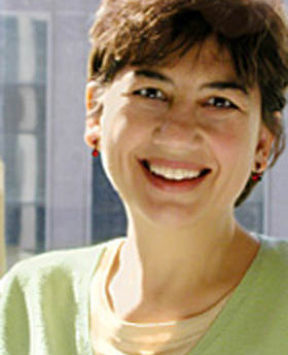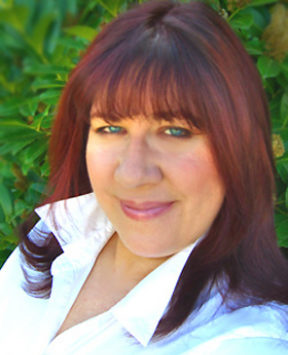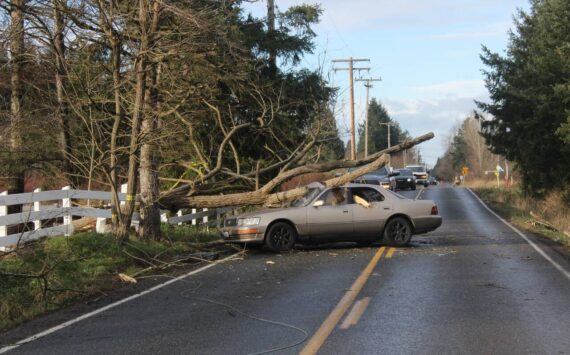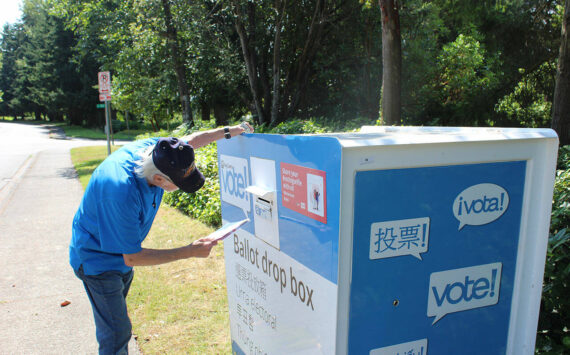Is the PDA Market dead?
Stephane Maes says no.
Maes is the Director of Product Management for palmOne.com’s Handheld Business Unit. She spent a few minutes talking about the current state of affairs with the Personal Digital Assistant, and how it is evolving.
DANA GREENLEE: I have been hearing that the PDA market is dead. Is there any truth to that?
STEPHANIE MAES: Well, theres definitely no truth to that. Honestly, it is not a growing market like the Smartphone, which Palm also happens to be in with the Treo Smartphone. However, there is a huge base of PDA owners out there, and there are a lot of customers interested in buying a PDA. An example is our Palm Z22 and the TX. The Z22 is an entry-level organizer with a color display for $99. Were really going after the paper planner business — a $1 billion business — like the Franklin Covey planner. Were going after the basics. It may sound like the message we had in 1996, but we have to remember that a lot of us have crossed the bridge. There are millions of people who are still using the paper-based planners. Its a lot quicker to enter a piece of data for recurring times — like 52 weeks. If youre using the day planner, it takes quite a long time to write it in 52 times. With the Palm, you do it once, click recurring meeting for every week, and there it is in your device.
GREENLEE: These are really brain replacements.
MAES: Were shooting for that. Were giving your brain a little rest.
GREENLEE: It seems like were seeing two different platforms develop in the marketplace — the Treo type platform with you guys, and the PDA device. The big difference between the two devices — obviously, one is a phone — is screen size. Where do you see that whole situation converging over time?
MAES: There is no one-size-fits-all device. All of us at these companies would like to think theres just one device we could build — but its kind of like automobiles. There is no Model T anymore. Theres various colors and flavors of every brand. Some people like minivans and some people like sports cars. Same thing with these devices. Some people really value a large display to do their content. There are other people who have two devices and want one device in their pocket. Then theres the PDA customer who really values their large screen PDA, but wants a really small phone thats easy to pocket and take on weekends.
GREENLEE: I like to use my Palm as an entertainment device. Will Hollywood ever put movies on SD cards?
MAES: We are seeing more and more companies starting to do this. There is a need for three pieces to come together to do that. You obviously need the Hollywood studios to be interested in providing the media first, and then someone who is interested in how to protect that content so people cant reproduce and resell it. Then you need a great device to play that content on — and our devices have SD slots on them. SD is probably the most predominant memory card format. Youll see it in most of the digital cameras. I dont know that there are any companies selling movies on SD yet, but there are a lot of companies demonstrating the ability now, so I would say in the next six months youll start to see that coming out quite a bit.
For more information about Palm Z22 and TX and the Treo Smartphone, visit http://www.palm.com. You can hear the full audio interview with Stephane Maes at http://www.WebTalkRadio.com.
Dana Greenlee is co-host/producer of the WebTalk Radio, a Tacoma-based radio and webcast show featuring technology news and interviews.






